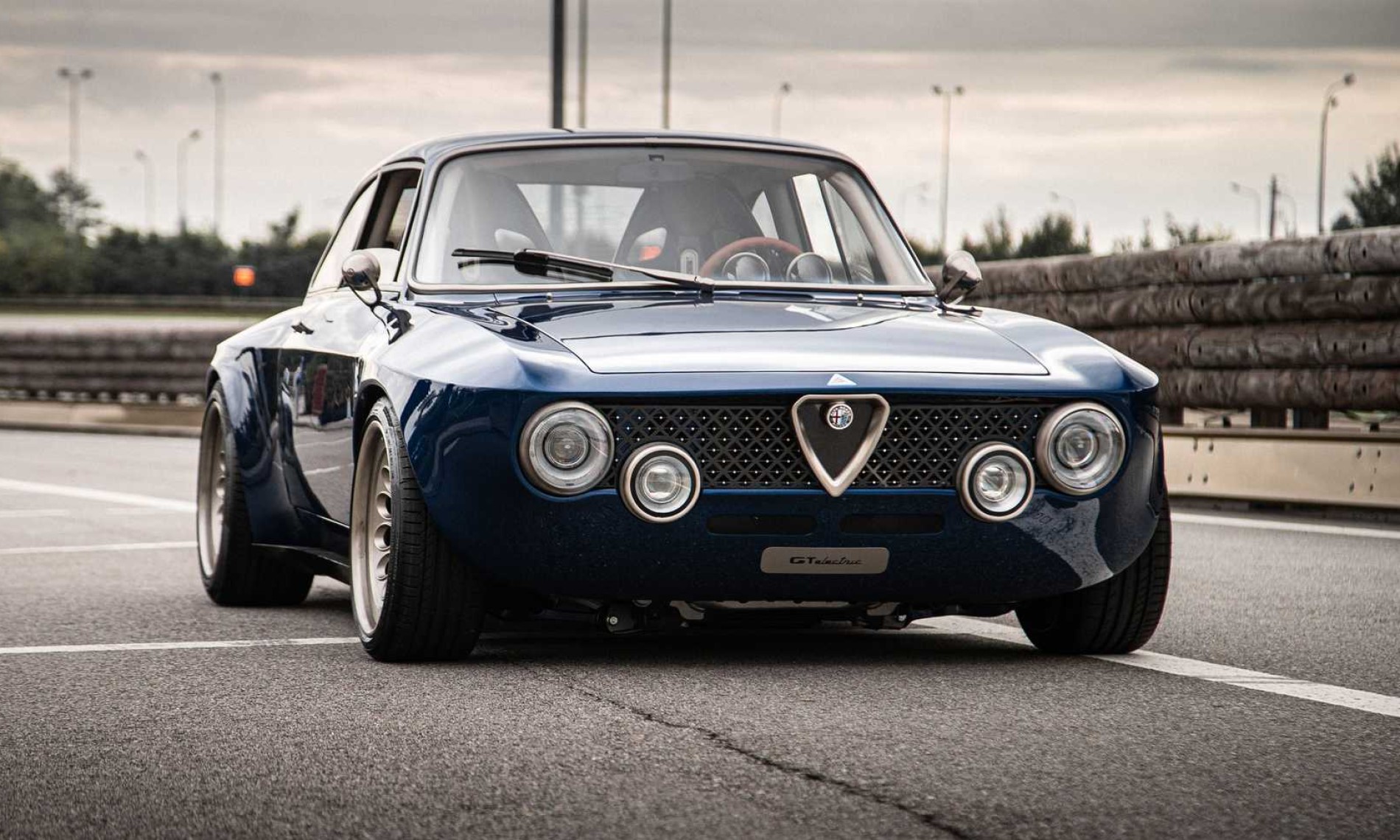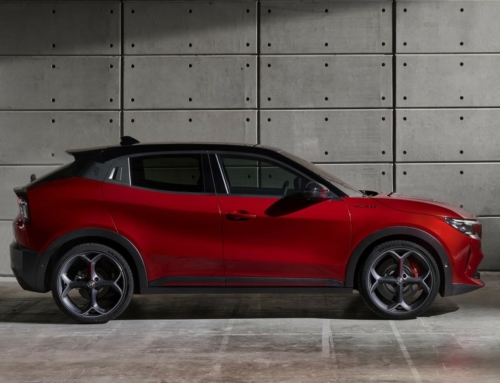It is bound to become more commonplace as time progresses, classic cars updated with electric powertrains, such as this MG Roadster. The latest creation in this mold is the beautiful Totem Automobili Electric Alfa Romeo GT.
Follow Double Apex on Instagram and Facebook where we share more car content.
Order from our online store and take advantage of free delivery in South Africa on orders over R349.
Modern-tech
The stunning creation you see in the pics above is based on an original Alfa Romeo Giulia GT. Totem takes a 1300 or 1600 Junior and totally disassembles the car, stripping it of all its external panels. The frame is stiffened to handle extra power from the new drivetrain. Under the skin the Totem Automobili Electric Alfa Romeo GT boasts newly designed MacPherson struts up front and a multilink aluminum suspension layout at the rear. The latter is attached to a new sub-frame, which supports the electric motor.
Check out the latest GTA from Alfa Romeo at this link.
New appearance
Once the under-body work has been complete it is covered by a carbon-fibre shell that weighs just 95 kg. Totem has kept the original look of the GT Junior but given the car a wider stance (by 180 mm) and smoother lines. At the front LED headlamps are inspired by rally cars and a carbon front grille is embellished with geometric patterns. The rear also features LED lights and a pair of air extractors. The interior is a work of art. Leather and carbon-fibre are combined to create, what looks like, an ideal driving environment.
Electric power
The Totem Automobili Electric Alfa Romeo GT is powered by an electric motor that generates 386 kW with peak torque of 940 N.m. The company says the GT electric can accelerate from 0 to 100 km/h in 3,4 seconds with a launch control feature. Top speed is quoted as 245 km/h. According to the company’s site, they have also programmed in a drift function for those who prefer to view the scenery out of the side windows. The motor is powered by a 50,4 kWh battery pack that is said to be good for 320 km of range at a “standard pace”.






![Hyundai Brings Full ICE Experience to Ioniq 5N EV [video]](https://doubleapex.co.za/wp-content/uploads/2024/04/Hyundai-Ioniq-5-N-1-1-500x383.jpg)



Leave A Comment